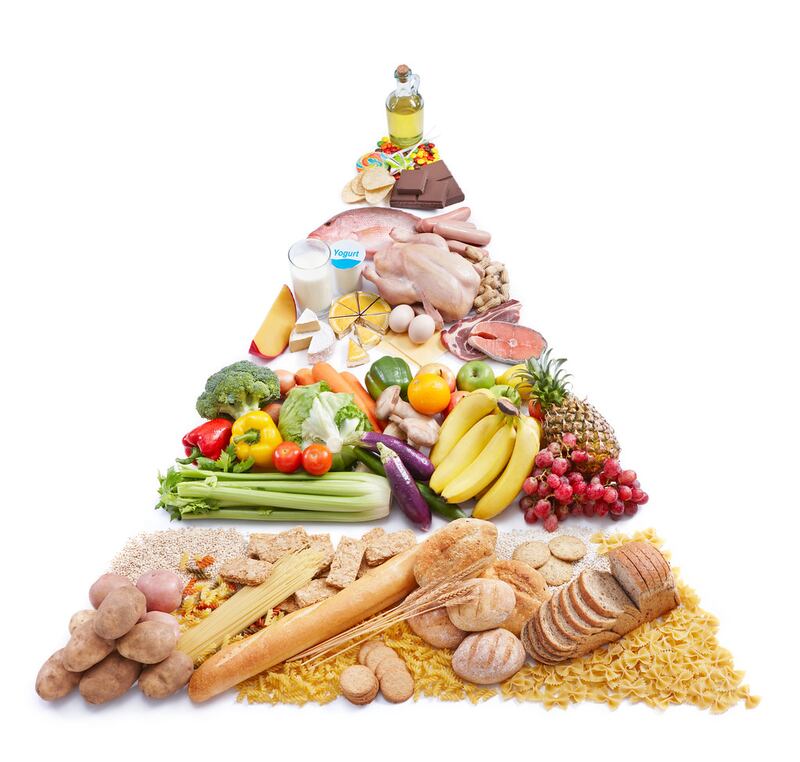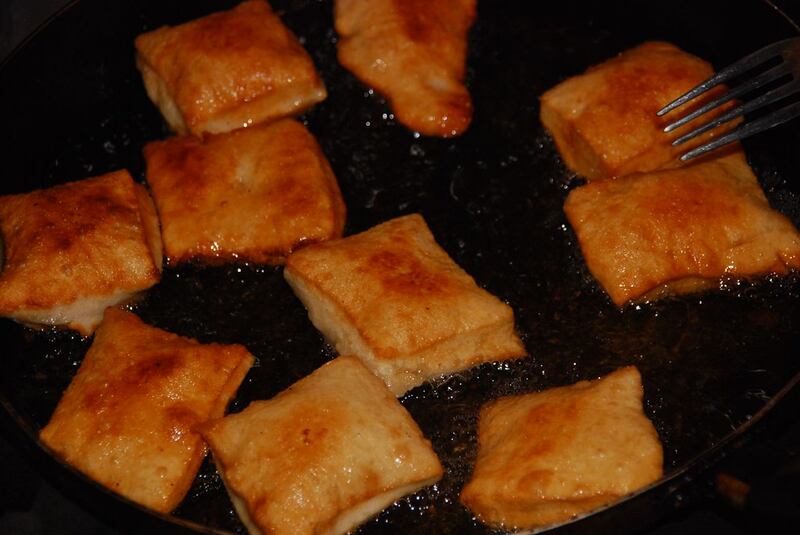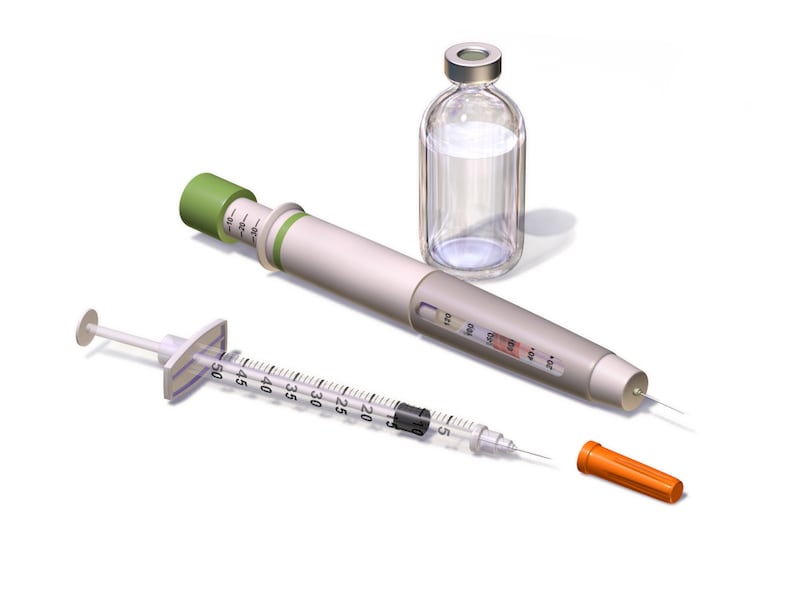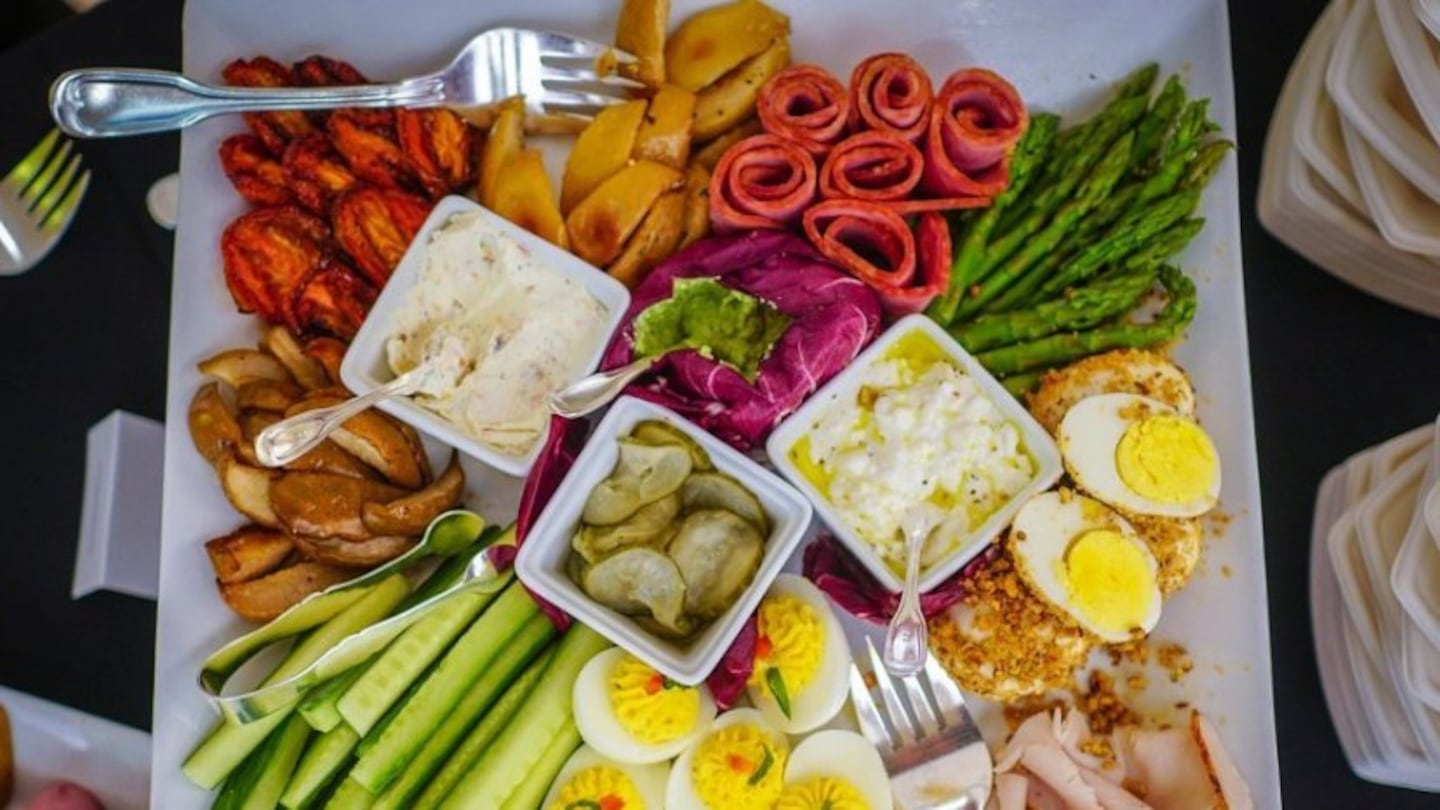A keto kai platter - Source / Wikipedia Commons
A Māori food retailer says the keto diet can help the body fight diabetes. Tamati Norman recently opened an e-commerce store to supply keto-compliant kai to help Māori eat more healthily.
"We're pushing back against 'Big Sugar'," Tamati Norman says.
"We're talking about sustainable, ethical food. No flours, all of those sugars, none of those inflammatory foods."
Norman’s whānau have been in the food industry for over 350 years. Both his Māori and English ancestors planted kai and he says he is carrying on from where his tūpuna left off. He worked on the whānau chicken farm from age 11, and aspired to be a chef.
But it was the impact of diabetes on his family that attracted him to the keto sector.
"My grandfather died of diabetes and all my uncles are diabetic," Norman says.
"So my reasons are whānau based."
Low carbohydrate, healthy dat diets

The 'health food pyramid' that Dr Fraser and Tamati Norman says should be turned upside down - Source / Flickr
The keto diet comprises of high-fat, low-carbohydrate kai. Norman says it’s better for the body to extract energy from fat as opposed to carbohydrates. He notes the pre-colonisation Māori diet was based on the same principles.
He argues the 'Healthy Food Pyramid' should be turned upside down, with fats and proteins at the bottom, with carbohydrates, fruit and sugars at the top.
Dr Lily Fraser from Turuki Healthcare agrees with flipping the pyramid upside down as well.
"That's what a low-carbohydrate or ketogenic diet looks like," Dr Fraser says.
She says the fats naturally present in kai are the best sources of energy.
"The fats were are talking about are the fats that come with the kai," Dr Fraser says.
"The fat that comes with your fish, chicken, meat, the dairy products that comes from the cow."
Fats such as dairy cream, butter, chicken skin and cold-pressed oils are ideal energy sources, she says.
Where did the tīpuna get their energy from?

Fried bread - Source / Flickr
Norman says so-called ‘traditional’ Māori foods like takakau (flat bread) and fried bread are not traditional at all. He labels these carbohydrate-laden foodstuffs as ‘poverty foods’ and says they should be avoided.
"Takakau and fried bread have become our soul food. It's not soul food," Norman says.
"It's the food of the oppressed. It's the food of the slave. It's the food of those who have lost everything."
It's Norman's stance that restricting access to traditional foods, is part of the colonisers process. Once access to land and traditional food is lost, loss of culture and language is sure to follow, he says.
The introduction of the potato changed Māoridom so much the tīpuna stopped growing yams, taro and breadfruit. It's hardiness meant it could grow in places the Polynesian crops could not.
Now potatoes are seen as 'kai Māori', when traditional tubers such as yam and taro are seen as 'island food'.
Both Dr Fraser and Norman say traditional Māori diets had very little sugar. Berries and nectar were the only sugar sources and even then they were only available on a seasonal basis.
Carbohydrates came from roots such as aruhe, kumara, taro, yams, riwai (after CaptainJames Cook introduced them) and breadfruit. Fat from proteins such as birds, kiore, whale and fish supplied additional energy. But Dr Fraser says they were not consumed as often as they are now.
Diabetes and obesity
Dr Lily Fraser says people need to know that diabetes can be reversed.
"Through food changes and weight loss, and to a lesser degree exercise, that can definitely have that result," Dr Fraser says.
"We definitely encourage people to look into making these changes."
She recommends that those on diabetes and blood pressure medication should consult with their GP so that their medications can be adjusted. Tamati Norman encourages people to begin their keto diets with their doctors in tow.
"We want people to consult with their doctors," Norman says.
About diabetes

An insulin injection and blood pen set - Source / Wikipedia Commons
Diabetes occurs when the pancreas is either unable to produce insulin, or the body cannot use the insulin it makes. Insulin tells the body to convert the sugar from the food people eat into energy.
All carbohydrates in kai are broken down into glucose (the energy part of sugar) in the blood. Once in the blood, insulin helps the energy in glucose into the cells.
This is what keeps the body fueled and active. But if the glucose is not used, it can cause damage to the body, and organs can fail.
This is why diabetes causes renal failure, vision impairment and why in some situations, amputations occur.
The ultimate consequence of diabetes is death.
Diabetes is often treated by injecting insulin into the body but it is also often treated with diet restrictions, exercise and medicines such as Metformin.
The Ministry of Health estimates 253,480 people have the deadly condition.
To learn more about diabetes, you can visit diabetes.org.nz or call 0800 DIABETES.
You can also consult with your GP, and call Healthline free on 0800 611 116.


